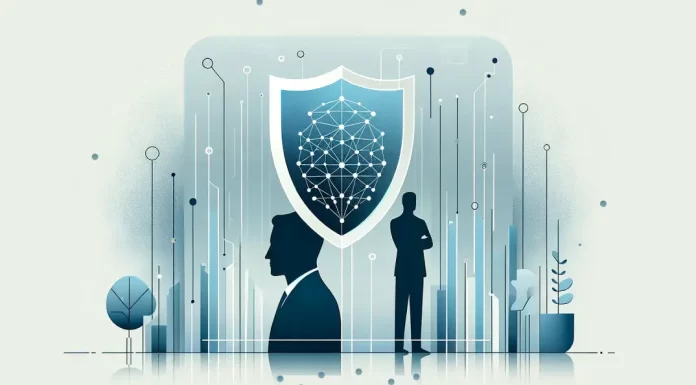Role of AI in Executive Cyber Defence: In today's digital landscape, where our online presence is as significant as our physical one, the security of our digital identity has become a paramount concern. High-profile individuals, such as executives and board members, often find themselves at the forefront of sophisticated cyber threats.
These threats are not just a matter of personal security but can have far-reaching implications for the organisations they represent. This reality brings to light an urgent need for a specialised approach to digital identity protection that transcends traditional cybersecurity measures.
The advent of Artificial Intelligence (AI) and Machine Learning (ML) technologies in digital security offers a beacon of hope. Imagine a platform that safeguards the digital identities of high-profile individuals and adapts to the ever-evolving landscape of cyber threats.
Such a solution would need to be intelligent, proactive, and capable of offering comprehensive protection against a variety of digital risks, including social engineering, phishing attacks, and privacy breaches.
This need for advanced digital identity protection is not just about guarding against known threats; it's about preparing for the unknown and unseen challenges of the digital world. As we delve deeper into the intricacies of this necessity, it becomes clear that the future of cybersecurity lies in leveraging AI and ML to create a secure digital environment, especially for those in leadership positions disproportionately targeted in the cyber realm.
In the current digital era, where cyber threats loom large, particularly for high-profile individuals like CXOs and board members, the need for advanced executive protection monitoring cannot be overstated.
Organisations looking to fortify their cybersecurity posture must consider implementing a specialised digital identity protection platform, particularly one that harnesses the power of AI and ML, to safeguard their leadership's digital presence.
Initiating executive protection monitoring is a strategic move that offers numerous benefits. Firstly, it shields against targeted digital threats such as social engineering and phishing attacks, which are increasingly sophisticated and personalised.
High-profile individuals often become the focal points for cybercriminals due to their access to sensitive corporate information and influence within the organisation. A dedicated digital protection platform ensures that these key individuals are not the weakest link in the cybersecurity chain.
Moreover, this kind of protection extends beyond mere cybersecurity. It encompasses the overall digital well-being of an organisation's leaders, ensuring their online interactions, personal data, and privacy are continuously monitored and secured. This holistic approach not only protects against immediate threats but also builds a culture of cyber awareness and safety at the highest levels of the organisation.
The benefits of implementing such a platform are manifold. It enhances the organisation's overall security posture, as protecting high-profile executives indirectly safeguards the entire organisation from potential breaches that can originate at the top.
Additionally, it demonstrates a commitment to comprehensive security, boosting the organisation's reputation regarding responsibility and reliability. This is particularly important in an age where customers and stakeholders are increasingly aware of and concerned about digital security issues.
Getting started with executive protection monitoring involves thoroughly assessing the current digital risk landscape for your organisation's leaders. This includes understanding their digital footprints, the nature of the threats they are most likely to face, and the potential impact of these threats on the broader organisation.
Following this, implementing an AI and ML-powered digital identity protection platform can be tailored to address these specific risks, offering a bespoke solution that aligns with the organisation's overall cybersecurity strategy.
As organisations navigate the complex and ever-evolving world of cybersecurity, prioritising the digital protection of their leaders is not just a tactical move but a strategic necessity. By adopting an advanced executive protection monitoring solution, organisations can ensure the safety of their most valuable assets – their leaders – thereby fortifying their defences against the sophisticated cyber threats of today and tomorrow.
The author is Chief Executive Officer, Athenian Tech Limited. Views are personal.











